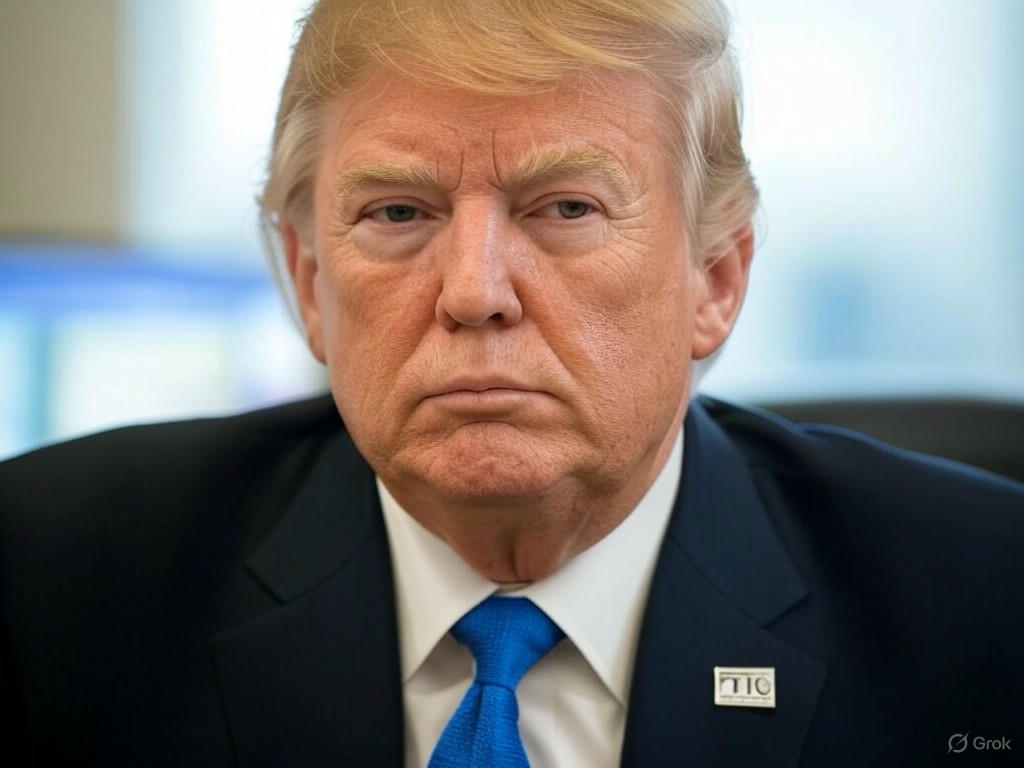In a groundbreaking development for the business world, the Federal Trade Commission (FTC), under the leadership of President Donald Trump’s administration, has greenlit a monumental $13.5 billion merger that promises to redefine the advertising landscape. This decision, hailed as a victory for fair competition, marks a significant shift in how the industry operates, particularly in addressing long-standing concerns over biased practices and exclusionary tactics. The agreement not only facilitates a major consolidation but also sets a precedent for dismantling systemic coordination that has historically marginalized certain media outlets based on their political leanings.
The advertising sector has often been criticized for subtle yet pervasive collusion, where powerful players allegedly aligned to sideline entities they deemed unfavorable. Such practices have stifled diversity in media representation and limited consumer access to varied perspectives. With this landmark merger, the FTC aims to disrupt these entrenched dynamics by enforcing stricter oversight and promoting a more inclusive marketplace. Insiders suggest that the deal, involving two of the industry’s heavyweight firms, will create a powerhouse capable of challenging outdated norms while ensuring that advertising opportunities are distributed more equitably across the spectrum of media platforms.
This move is particularly noteworthy given the timing, as debates over media bias and corporate influence have reached a fever pitch. The Trump administration’s FTC has positioned itself as a staunch defender of open competition, arguing that the advertising industry must evolve to reflect the diversity of thought and opinion in today’s society. By approving this merger, the agency sends a clear message: economic gatekeeping and selective partnerships will no longer be tolerated. The $13.5 billion deal is expected to catalyze innovation, with the merged entity likely to invest heavily in technology and data-driven strategies to better serve a fragmented audience. Analysts predict that smaller outlets, often overlooked due to their editorial stances, could benefit from newfound access to advertising dollars, leveling the playing field.
Moreover, this agreement underscores a broader push by the administration to tackle antitrust issues head-on. The FTC’s rigorous review process ensured that the merger would not result in monopolistic control but rather foster a competitive environment where merit, not ideology, dictates success. Business leaders have lauded the decision, with many viewing it as a step toward transparency in an industry long shrouded in backroom dealings. However, some critics caution that the consolidation of such vast resources could pose risks if not monitored closely, urging the FTC to remain vigilant.
As the dust settles on this historic agreement, the advertising world braces for transformation. The FTC’s bold stance under Trump’s leadership has ignited hope for a future where businesses thrive on equal footing, unencumbered by hidden alliances or discriminatory practices. This merger is more than a financial transaction; it’s a declaration that fairness and innovation will drive the next era of advertising. With the industry at a crossroads, all eyes are on how this new giant will wield its influence to reshape market dynamics for the better.
